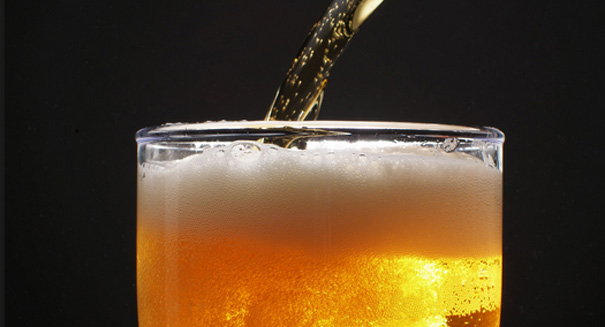
Recent research shows that beer's distinct smell comes a chemical in yeast that exists to attract fruit flies.
Symbiotic relationships, that is a relationship where two beings mutually benefit off of each other, exist all throughout nature. These relationships come in many forms, but a lesser known one is something you experiences every time you open a drink of beer.
According to ABC Science, yeast, which gives beer its distinct smell, is key in the attraction of fruit flies. This is important to the life cycle of yeast because, just like fruit and certain animals, yeast depends on flies to help spread its genes. This cycle happens when the smell attracts the flies, who in turn feed on the yeast. After the flies eat the yeast, they then leave, which disperses the yeast cells out into the environment. In this way both organisms benefit. The flies get to eat and the yeast gets to spread out into the world.
However, it is not merely the yeast that attracts the flies, but one chemical in particular: alcohol acetyl transferase. This was first discovered fifteen years ago by University of Leuven researcher Kevin Verstrepen. According to Verstrepen, he first noticed this interaction when he returned to his lab one day to find one of his yeast flasks infested with fruit flies. However, another culture that contained a different strain of yeast had no flies at all. He didn’t think of it much at the time, but recalled his knowledge for a recent study.
Fruit fly neurobiologists Emre Yaksi and Bassem Hassan called upon Verstrepen to help them in a study on the insects. After research, they found that the flies were only attracted to yeast that contained alcohol acetyl transferase. Mutant strains or stains that did not contain the chemical were largely ignored. This data suggests that fruit flies are not just attracted to yeast, but that both organisms may have evolved in a similar way to create this mutually beneficial relationship.
Leave a Reply